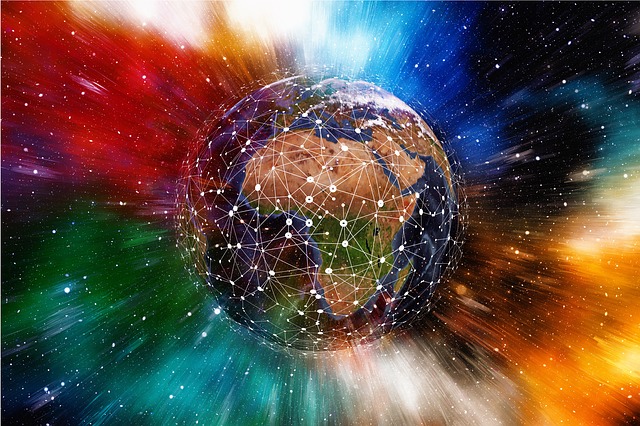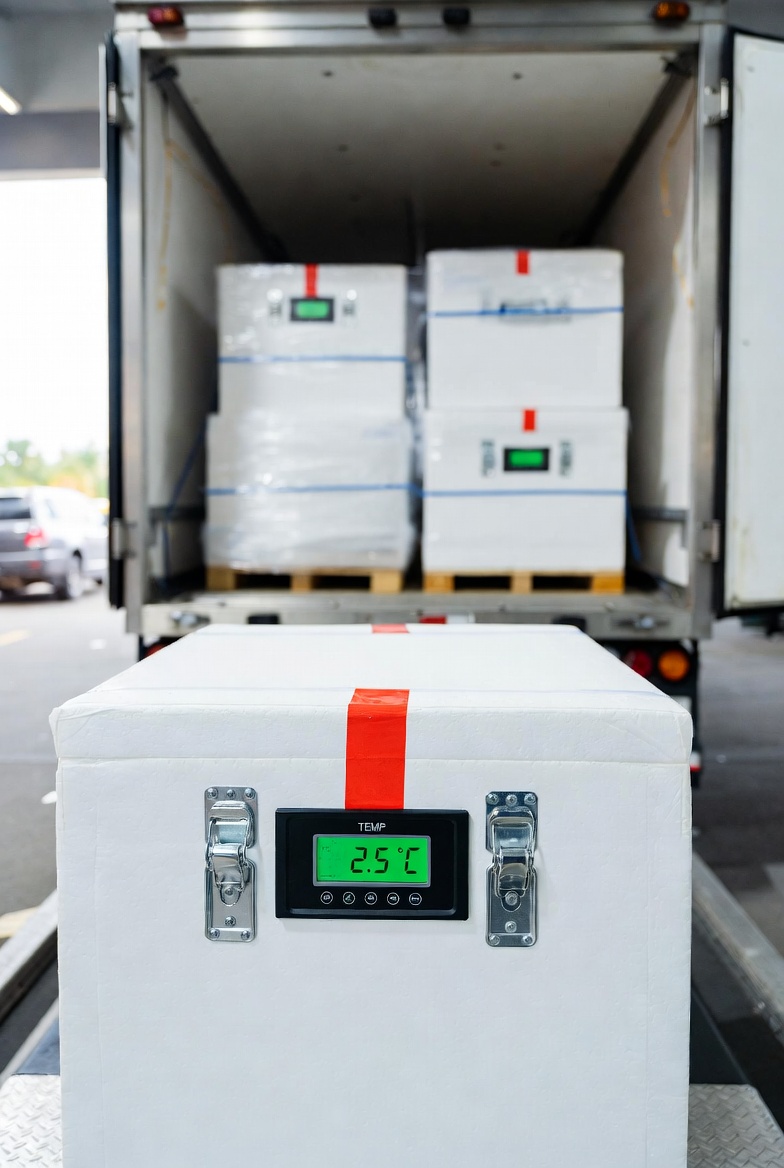The Convergence of AI, Digitalization, and Productivity: A Deep Dive
The Transformative Power of AI and Digitalization
The intersection of artificial intelligence (AI) and digitalization has ushered in a new era of productivity and innovation. Both Europe and the United States have embraced these technologies, recognizing their potential to reshape industries, streamline operations, and drive economic growth.
AI: The Intelligent Engine
AI, with its ability to learn, reason, and make decisions, has become a powerful tool for enhancing productivity. Here's how AI is revolutionizing workplaces:
- Automation of Routine Tasks: AI-powered automation tools can handle repetitive tasks, freeing up human workers to focus on more complex and strategic activities. This not only saves time but also reduces human error, leading to improved efficiency and quality.
- Data-Driven Insights: AI can analyze vast amounts of data to identify patterns and trends that would be difficult for humans to discern. These insights can inform decision-making, optimize processes, and uncover new opportunities.
- Intelligent Decision-Making: AI algorithms can process information and make data-driven decisions, often faster and more accurately than humans. This is particularly valuable in fields like finance, healthcare, and logistics, where timely and precise decisions are crucial.
- Personalized Experiences: AI enables businesses to tailor products and services to individual preferences, leading to increased customer satisfaction and loyalty. This personalization can also drive sales and revenue growth.
Digitalization: The Enabler of Efficiency
Digitalization, the process of transforming analog information into digital format, has fundamentally changed the way we work. Key aspects of digitalization that contribute to productivity include:
- Cloud Computing: Cloud-based solutions provide scalable and flexible computing resources, allowing businesses to access data and applications from anywhere, at any time. This eliminates the need for expensive on-premises infrastructure and improves collaboration.
- Internet of Things (IoT): IoT devices connect physical objects to the internet, enabling data collection and analysis for improved efficiency and decision-making. For example, IoT sensors can monitor equipment performance in real-time, allowing for predictive maintenance and minimizing downtime.
- Data Analytics: Data analytics tools help businesses extract insights from large datasets, informing decision-making and identifying opportunities for improvement.
- Remote Work and Collaboration Tools: Digital tools facilitate remote work and collaboration, breaking down geographical barriers and enabling teams to work together more effectively.
The Synergistic Impact of AI and Digitalization
When combined, AI and digitalization create a powerful synergy that can significantly boost productivity. Here are some examples:
- AI-Powered Automation: AI-driven automation can streamline workflows, reduce errors, and improve overall efficiency. For instance, in manufacturing, AI-powered robots can perform tasks with precision and speed, leading to increased production output.
- Intelligent Data Analysis: AI can analyze vast amounts of data generated by IoT devices, identifying patterns and trends that can be used to optimize operations and reduce costs.
- Personalized Customer Experiences: AI-powered digital tools can analyze customer data to provide personalized recommendations and support, enhancing customer satisfaction and loyalty.
- Enhanced Decision-Making: AI-driven analytics can provide valuable insights to support decision-making at all levels of an organization.
The Future of Productivity: Beyond AI
While AI has made significant strides, it's likely that future technologies will surpass it in certain areas. Some potential advancements include:
- Quantum Computing: Quantum computers have the potential to solve complex problems that are intractable for classical computers, leading to breakthroughs in fields1 like materials science, drug discovery, and artificial intelligence.
- Biotechnology: Advances in biotechnology could lead to the development of new materials and processes, as well as enhanced human capabilities.
- Neurolink: Technologies that interface directly with the human brain could enable new forms of communication and computation.
Challenges and Considerations
While the potential benefits of AI and digitalization are significant, there are also challenges to consider:
- Job Displacement: As automation and AI become more advanced, there is a risk of job displacement.
- Ethical Implications: The use of AI raises ethical concerns, such as bias, privacy, and transparency.
- Skills Gap: The rapid pace of technological change requires a skilled workforce to implement and utilize these technologies effectively.
- Infrastructure: The widespread adoption of new technologies requires robust infrastructure, including reliable internet connectivity and power grids.
To address these challenges, it is essential to invest in education and training, develop ethical guidelines for AI, and ensure that the benefits of technology are distributed equitably.
Conclusion
AI and digitalization are transforming the way we work, driving productivity and innovation. By embracing these technologies and addressing the associated challenges, Europe and the United States can position themselves as leaders in the global economy. As we look to the future, it is clear that the convergence of AI, digitalization, and human ingenuity will continue to shape the world of work and drive unprecedented levels of productivity.




